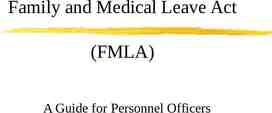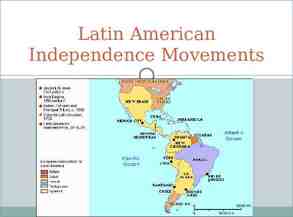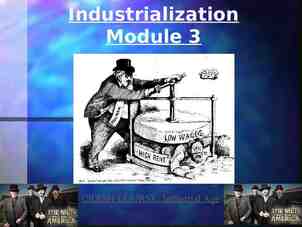Acknowledge, Ask , Adapt Training Strategies to Improve Communication
12 Slides633.50 KB

Acknowledge, Ask , Adapt Training Strategies to Improve Communication with Family Members in Collaborative Relationships Laurie Beckel, MA/LPC Pyramid Model Coach/Trainer Permission to use materials given by:

The Teaching Pyramid Promotes SocialEmotional Competence Program Philosophy Teacher Training and Implementation Administrative Supports Well-defined procedures Module 3a, 3b Individualized Intensive Interventions Social-Emotional Teaching Strategies Module 2 Designing Supportive Environments Module 1 Building Positive Relationships

Why Build Relationships? Relationships are at the foundation of everything we do. Build relationships early – don’t wait until there is a problem. Children learn and develop in the context of relationships. Adults too! Children with the most challenging behaviors especially need these relationships, and yet their behaviors often prevent them from benefiting from those relationships.

Building Positive Relationships Adults’ time and attention are very important to children. We need to give time and attention at times other than when they are engaging in challenging behavior. Family members and other colleagues (mental health providers, therapists) are critical partners in building children’s social emotional competence. We should all work together to ensure children’s success and prevent challenging behavior.

Acknowledge, Ask, and Adapt Acknowledge Recognize the difference between your thoughts and the thoughts of another person (often cultural) With an adult, this is usually done verbally Ask Respectfully ask the adult for more information in order to more fully understand and clarify the issue Adapt Seek out a common ground when possible Come to resolution that addresses the real Program for Infant Toddler Care, (PITC) WestEd issue

Potential Outcomes When resolutions address real issues, several outcomes are possible Resolution through mutual understanding & negotiation Both parties see the other’s perspective and give a little or a lot These conflicts result in a “win-win” negotiation with movement from both sides Resolution through teacher education Teacher sees the family’s perspective. Teacher changes. Resolution through family education Family sees the teacher’s perspective. Family changes. No resolution Agree to disagree and learn to cope respectfully Neither changes and conflict continues Janet Gonzlez-Mena

Negotiation “[With negotiation] it’s not a question of giving up everything we know. It’s a question of balancing what we know and what the parent knows, and figuring out together what would be in the best interests of the child.” Louise Derman-Sparks

Practice Always Helps Listen as Linda and Sandi have a conversation using Acknowledge, Ask & Adapt (A-A-A) Read over the story Notice what the “mother” didn’t share Now you practice this same conversation One person be the teacher, one be the mother The third person, watch them to see what they do well

Guidelines for Teachers Same initial paragraph, then teacher specific: Provides the teacher’s perspective (which might not match yours) You initiate the conversation with the family member - Feel free to be warm and say nice things about their child to start with (relationship building!) - The Acknowledge and Ask sections give you some ideas for starting that conversation - Stay in the “Teacher” mode and be as real as possible

Guidelines for Family Members Same initial paragraph, then family specific: You can be the mother, father, grandparent, or anyone else who is actively raising this child (unless it states otherwise) The “teacher” has been given some ideas of how to start the conversation with you - You can respond to the teacher in any way that feels natural to you in your role as the family member - Try and respond with answers that come from the perspective points listed for the family member

Let’s Practice Acknowledge, Ask, & Adapt Same groups Everyone does three vignettes, switching roles from observer, to teacher, to parent or other staff member Use Practice Feedback form as the observer to help guide your feedback Stay in your role! Share all perspectives at the end of each vignette

A-A-A Has Many Uses Staff members also have different “buttons,” different beliefs and values, differences about how to approach behavior We can use this process of “Acknowledge, Ask, and Adapt” as a way of having dialogue and respectful conversations Sometimes the presence of a facilitator can be helpful for tense conversations There are many “right” ways to do things!






